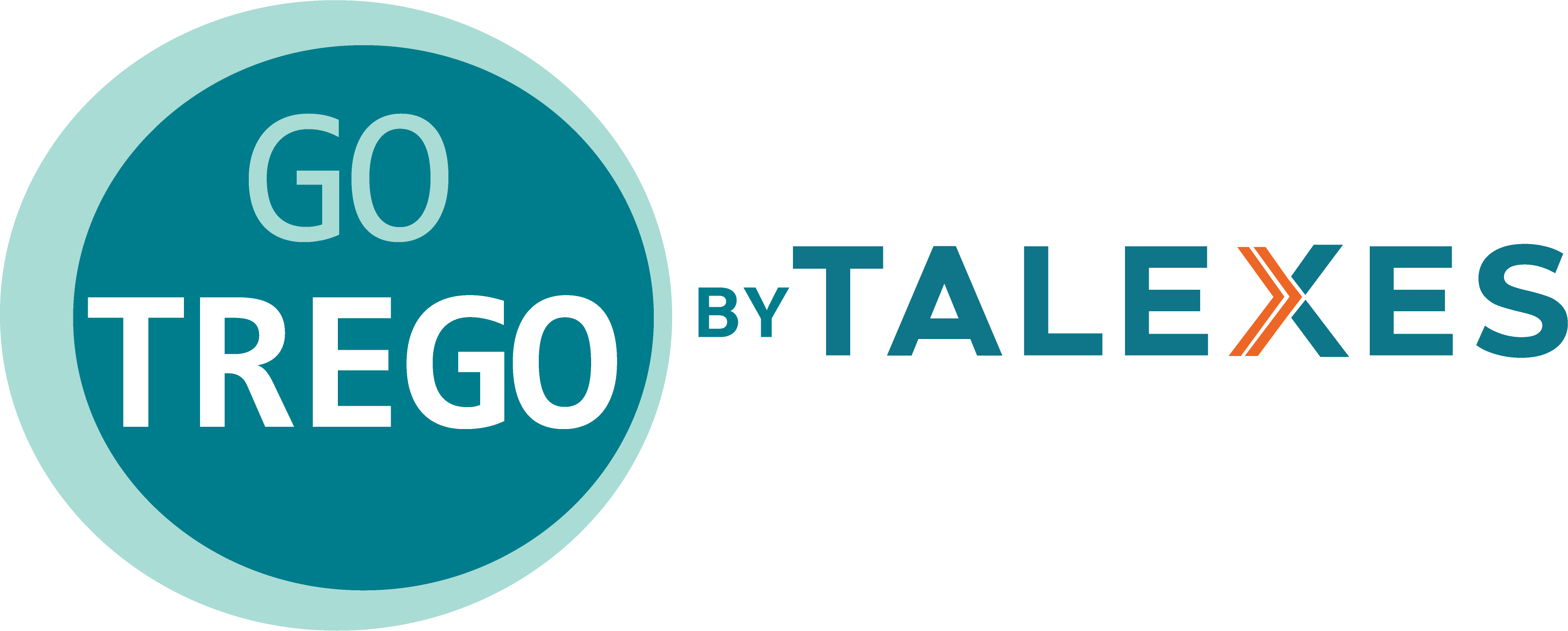In the fast-paced world of the auto industry, building high-performance teams is essential for staying competitive and driving innovation. Achieving this goal requires more than just assembling skilled workers; it demands creating balanced teams where employees’ skills and strengths complement each other. One of the most effective tools for achieving this is through targeted assessments. By leveraging assessment data, automotive companies can enhance employee development and build teams that are not only efficient but also adaptable and innovative. Below are nine ways assessments can drive team success in the auto industry.
1. Identifying Complementary Skillsets Assessments provide deep insights into individual skills, such as technical proficiency, problem-solving capabilities, and leadership potential. In the auto industry, where teams often need to merge engineering precision with creative design, assessment data can help managers identify employees whose skills complement each other. For example, pairing a design visionary with a technically skilled engineer can lead to more innovative, yet feasible, vehicle concepts.
2. Balancing Strengths and Addressing Weaknesses Every team member brings a unique set of strengths and areas for improvement. Assessments allow managers to balance these strengths and weaknesses, ensuring that team members can support one another in areas where others may need help. For instance, pairing an employee with strong project management skills with someone more skilled in technical execution can ensure smoother workflows, reducing delays and inefficiencies in production or development phases.
3. Enhancing Team Dynamics The auto industry thrives on collaboration, especially in cross-functional teams that work on product development, manufacturing, and customer support. Assessments of personality traits and work styles can reveal how team members prefer to communicate and collaborate. This insight allows managers to align individuals who work well together, fostering a more productive and harmonious work environment, which is critical when dealing with the fast-paced production cycles common in automotive projects.
4. Fostering Innovation Through Diverse Perspectives The complexity of automotive innovation requires a variety of cognitive approaches and experiences. Assessment data can help create teams that bring together diverse perspectives, avoiding the trap of groupthink. By encouraging diversity of thought—whether it’s combining experts in sustainability with seasoned engineers—the auto industry can foster innovative solutions that address future challenges like electric vehicle development and autonomous driving.
5. Pinpointing Development Needs for Employee Growth Employee development is crucial in the automotive sector, where technology and regulations are constantly changing. Assessments can identify skill gaps and areas where team members need additional training, such as new software proficiency or emerging manufacturing technologies. By offering targeted training, companies can ensure that their teams are always up to date with industry standards, allowing them to stay competitive in a rapidly evolving market.
6. Clarifying Roles for Greater Efficiency In high-stakes environments like automotive production, clarity in roles is essential to avoid bottlenecks and errors. Assessments help define and assign roles based on each employee’s strengths, ensuring that individuals are placed in positions where they can excel. For example, placing a detail-oriented technician in charge of quality control and a big-picture thinker in product development can optimize team efficiency and job satisfaction, improving overall performance.
7. Strategically Forming Teams for New Projects When launching new automotive projects, such as developing a new model or improving an existing one, assessment data can be invaluable in forming the right team. By selecting members based on skills, personalities, and work styles, companies can create teams that hit the ground running. This strategic team formation ensures the team is well-prepared to meet project goals and navigate challenges right from the start.
8. Selecting Effective Leaders for Teams Strong leadership is crucial in driving high performance, especially in the auto industry where projects are often complex and deadlines tight. Assessments can evaluate leadership potential and help identify employees best suited to guide teams. Leaders who communicate effectively and make sound decisions are better equipped to motivate their teams, maintain focus on objectives, and drive successful outcomes, whether in production or innovation roles.
9. Ongoing Monitoring and Adjusting Team Composition Building a high-performing team is an ongoing process, especially in an industry as dynamic as automotive manufacturing and development. Regular assessments allow managers to monitor team performance and adjust team composition as needed. Whether it’s reshuffling team members to address evolving project demands or providing additional support to underperforming areas, ongoing assessment ensures that teams remain balanced, efficient, and adaptable to changing industry needs.
Conclusion In the auto industry, where precision, innovation, and teamwork are critical to success, using assessments to guide employee development and team formation is a powerful strategy. By identifying complementary skills, balancing strengths and weaknesses, fostering team cohesion, and enhancing leadership, assessments offer valuable insights that help automotive companies build high-performing teams. Additionally, using assessments to pinpoint development needs and strategically form teams ensures that organizations remain agile and capable of addressing the future challenges of this rapidly evolving industry. Embracing assessments as part of employee development is key to driving long-term success in the auto sector.





